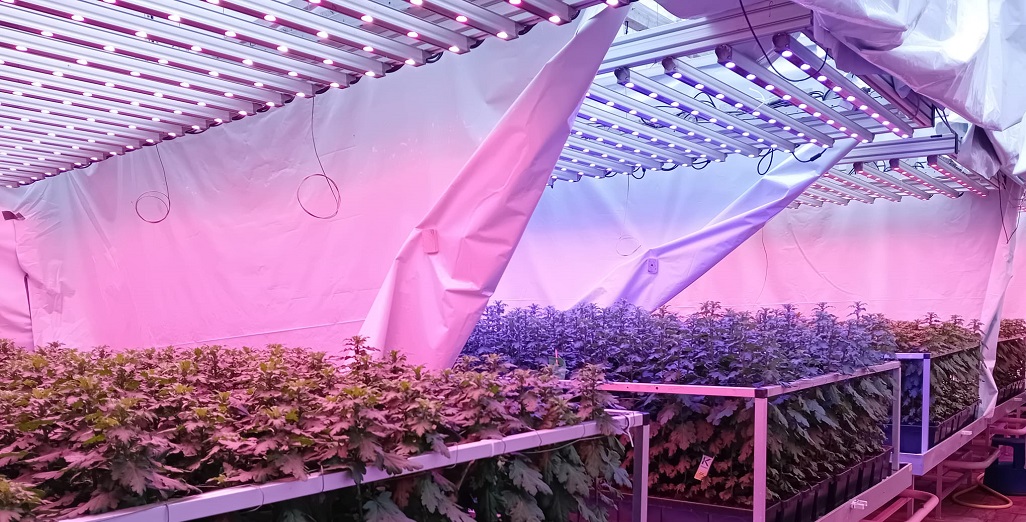Sign up here to subscribe to the Grower2grower Ezine. Every two weeks you will receive new articles, specific to the protected cropping industry, informing you of industry news and events straight to your inbox.
Jun 2020
When Adding Value is Complicated
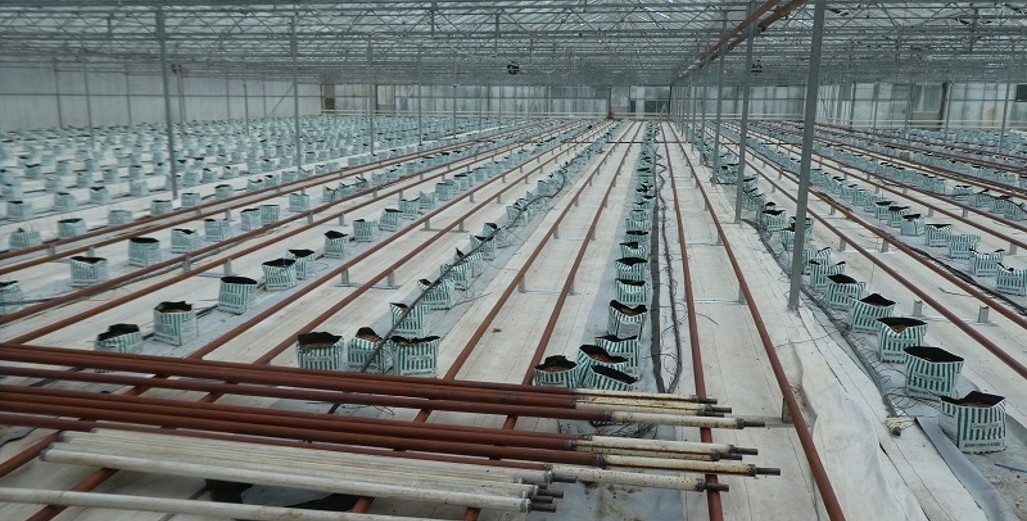
Do your homework, measure twice cut once
Recently I carried out some consultancy for a grower where adding value will be complicated. I was asked to assist with the growing after the building and greenhouse setup was already completed. All of the different product and systems that were supplied to this business are excellent however, trying to put a jigsaw together with pieces from different puzzles is not ideal. Gone are the days that new greenhouse projects can be built ad hoc.
The best way to help this business moving forward is a dilemma. An ongoing discussion is the cultivars that will suit both the new and retrofitted structures and having a decisive marketing plan moving forward. Consulting on the growing is my primary role but if I know the structures and the set up provided, as a whole, will never see a cultivar reach anywhere near its potential I will say.
I strongly advise anyone or business planning on entering the greenhouse industry, make sure you invest in independent advice before you consider building. The ambulance at the bottom of the cliff scenario is sometimes required but mitigating the risk is necessary.
Greenhouse Vegetable crops
COVID-19 has again changed our landscape and has highlighted many issues that have been playing on my mind for a very long time. Older greenhouse properties, where investment has been limited, are still viable, and will possibly continue to be viable especially when family labour is accessible. Even properties with substandard structures, which have had very little capital investment in the past 20-40 years, are still replanted, so I take from that still semi-profitable, but for how long?
Berries, avocados, apples, cherries, kiwifruit and others:
Business case studies are important. New Zealand growers are slowly but surely moving systems into protected cropping using an array of fit for purpose structures. All of which have merit and make good businesses cases. My thoughts are I doubt I will be paying much more than five dollars per 125 grams of raspberries in the future because existing system used in other parts of the world will produce more and decrease the cost of production. Improving techniques, technology, varieties and know how the driver.
Conclusion:
New Zealand has many successful small to large greenhouse vegetable growing operations, these companies have decades of experience and continue to increase their knowledge, skill and expertise. There is no exact blueprint to follow but all successful greenhouse growers have very similar systems and internal layouts. I never want to dampen the enthusiasm of new entrant to greenhouse growing that has new ideas and a willingness to invest, I just strongly suggest you obtain sound advice and plan, plan, plan before you build. The greenhouse industry will continue to evolve, to produce sustainable and diverse nutritional food in a multitude of structures but you need to have the best system to be competitive.
I appreciate your comments. Please feel free to comment on the grower2grower Facebook page:
https://www.facebook.com/StefanGrower2grower/
Article Written and compiled by Stefan Vogrincic, Consultant, Grower2Grower
Article Edited by Marie Vogrincic, Editor, Grower2Grower
CLASSIFIED
Subscribe to our E-Zine
More
From This Category

Ground cover: woven weed mat or solid plastic… or both?
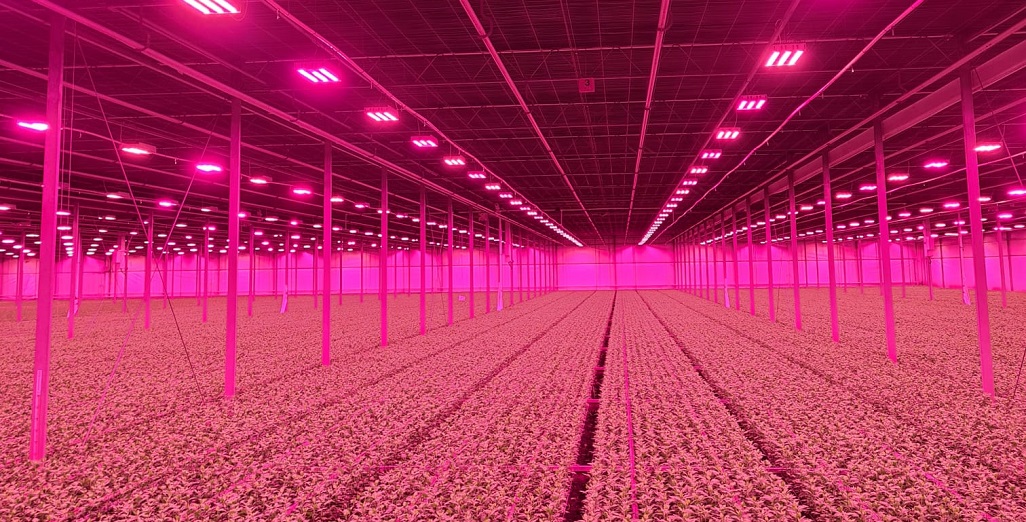
Integration of Philips GrowWise control system with climate computer allows Huisman Chrysanten to light more effectively and efficiently
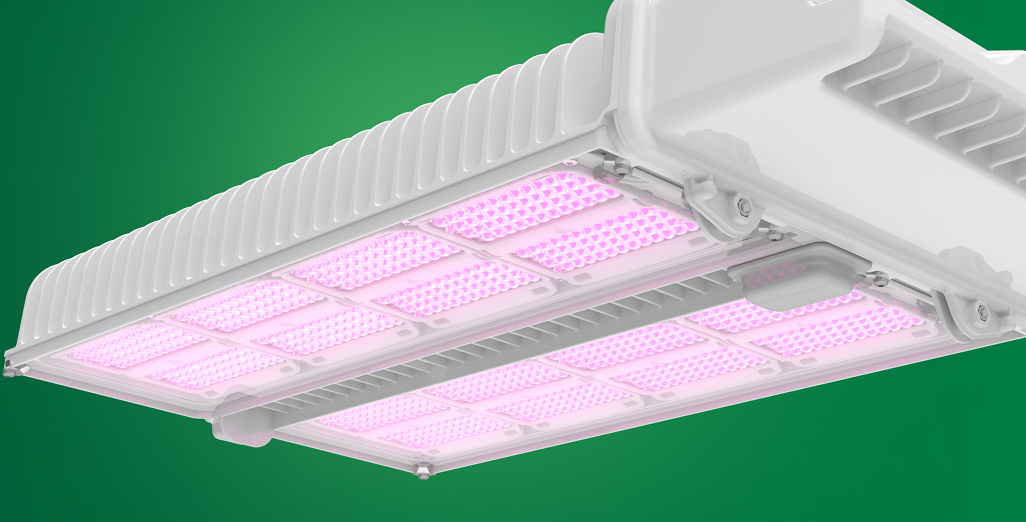
New Philips GreenPower LED toplighting force 2.0

Condensation re-visited
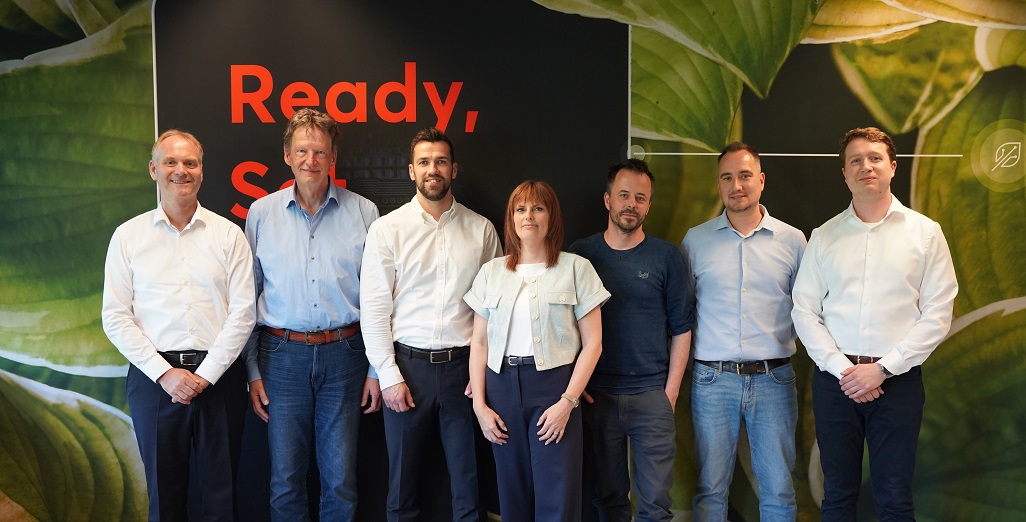
Philips GrowWise Research Center to test and showcase intelligent lighting
